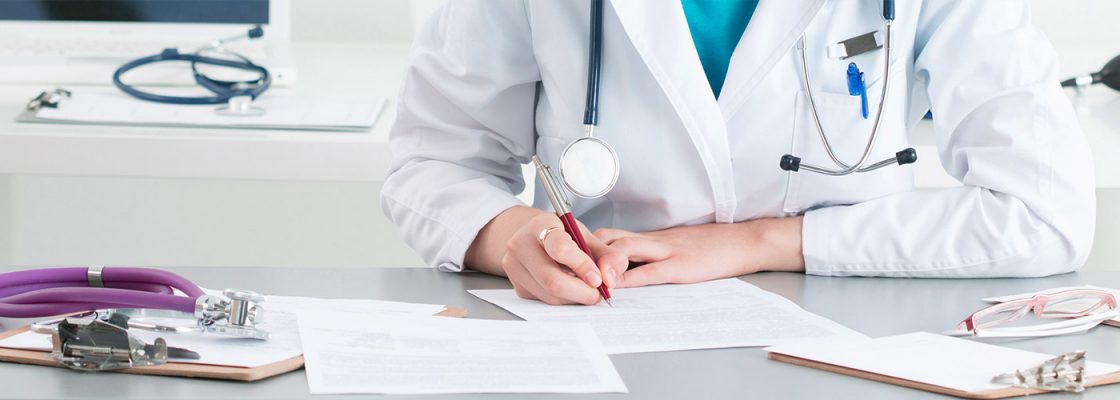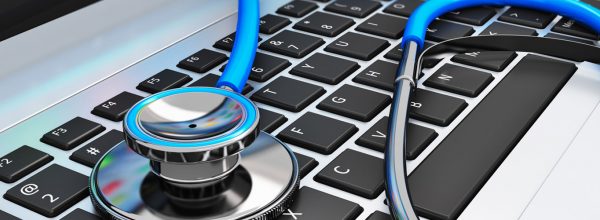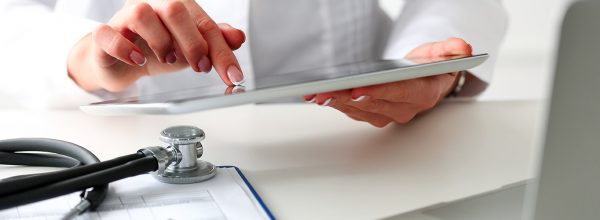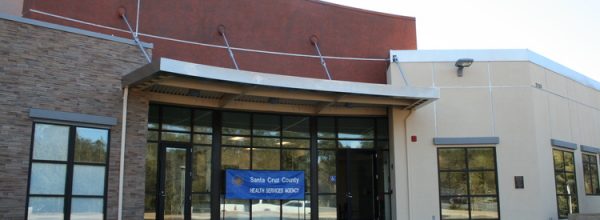Do you have questions about COVID-19 and providing medications for addiction treatment (MAT) to patients with opioid use disorder?
CCI is hosting a weekly webinar series to share resources and stories about what’s working. Below are our top takeaways from our March 25 session. To learn more, there’s still time to sign up for the April 1, April 8, and April 15 webinars. Register Now
1. To avoid the risk of infection from COVID-19, convert in-person visits to virtual care whenever possible. MAT can be initiated while the patient is at home.
The federal government has authorized healthcare providers to make expanded use of telephone and telehealth delivery of care during this public health crisis. The Centers for Medicare and Medicaid Services (CMS) has authorized payment for virtual patient visits, and the Department of Health and Human Services allowed for enforcement discretion for the use of telehealth, explaining that providers would not be penalized for using telehealth in good faith during this period. Also important: Virtual patient visits and check-ups will be reimbursed at the same rate as in-person visits for the duration of the COVID-19 emergency.
The Drug Enforcement Administration (DEA) has also paved the way for the use of telehealth for addiction treatment during this period. It authorizes providers prescribing controlled substances, such as buprenorphine, to use telemedicine to treat opioid use disorder, according to the stipulations posted on its website. For new patients being treated with buprenorphine, the Substance Abuse and Mental Health Services Administration (SAMHSA) is exempting providers from the requirement to perform an in-person physical evaluation if they can perform an adequate evaluation of the patient through telehealth and telephone visits.
2. Extend prescriptions for buprenorphine whenever possible.
Physical distancing from other people, self-quarantines, and stay-at-home orders also create obstacles to patients filling prescriptions for medications that treat opioid use disorder.
Experts recommend roughly doubling the duration of a normal prescription to limit the number of pharmacy trips or deliveries— again, the fewer unnecessary physical contacts between individuals, the less exposure to potential COVID-19 carriers. Clinicians should use their own judgement factoring in patient-specific risk-benefit profiles, but, in general, the risk of a patient overtaking or diverting medications for opioid use disorder, like buprenorphine, is outweighed by the danger of relapse and death by overdose if the medicine runs out. Dr. Brian Hurley, clinical director for CCI’s Addiction Treatment Starts Here programs and Los Angeles County Department of Health Services’ Director of Addiction Medicine, shared that Los Angeles County clinics are reaching out to patients over the phone, asking about their supplies, and writing 30-day prescriptions for buprenorphine.
It’s particularly important for patients to have a ready supply since several webinar participants reported addiction medicine shortages in their regions. “From what I’m seeing, a 30-day supply is becoming the default [prescription],” said Dr. Joe Sepulveda, one of our coaches in Addiction Treatment Starts Here.
3. Experiment with remote delivery methods.
Some health centers are experimenting with specialized home delivery of buprenorphine. Since it’s a controlled substance, they require the patient to show identification, and couriers are being trained to verify the identification of individuals accepting delivery of controlled substances.
Other clinics and pharmacies are rolling out curbside medication dispensing. For instance, Santa Cruz County Health Services now offers a “healthy drive through” where patients with opioid use disorder can be administered injectable medications outside of the clinic. Both Sublocade (extended-release injectable buprenorphine) and Vivitrol (naltrexone long acting injection) are long acting medications approved for opioid use disorder that are administered to patients monthly.
People with substance use disorders are high-risk populations because of the increased risk for co-occurring physical health conditions and because of higher risk environments where people use drugs. So supporting patients in maintaining as much physical distancing as possible is crucial to limit the spread of COVID-19.
4. MAT can be initiated while the patient is at home, and toxicology labs and other laboratory testing is not categorically required to initiate or continue MAT.
Outside of the COVID-19 public health emergency, initiating and continuing MAT is often accompanied by in-person visits and lab testing. Both of these components of treatment are not essential in the context of the COVID-19 public health emergency. Right now, for the safety of both patients and providers, it’s more important to support patients’ access to medication than to force them to continue to come into the clinic for in-person management. Dr. Joe Sepulveda shared that Family Health Centers of San Diego has completely suspended urine toxicology and other labs to limit exposure to staff.
Home starts of buprenorphine are well described on the Addiction Treatment Starts Here Resource Hub. Clinicians should use their own judgement factoring in patient-specific risk-benefit profiles. Toxicology testing is used to verify the presence of buprenorphine in a patient’s system, which in turn indicates a patient is taking the medication and lab testing can also confirm the absence of other intoxicants. During the COVID-19 public health emergency, Dr. Hurley recommends that in most cases, the benefits of collecting these lab tests no longer outweigh the risks, and that providers should use remote prescribing which is now permitted to initiate treatment without an in-person visit. Clinicians can determine on a case-by-case basis the necessary amount of information they need about how a medication is being used in order to initiate or continue buprenorphine.
To validate the information patients are telling providers, California clinicians can always check the Controlled Substance Utilization Review and Evaluation System (CURES), an electronic prescription drug monitoring program that tracks controlled substance prescriptions in California, allowing the provider to use the patient’s prescribing history to better inform next steps.
5. Distribute naloxone, the overdose antidote.
Now more than ever, it’s important to distribute naloxone along with buprenorphine prescriptions. Just as there have been disruptions in the supply chain of toilet paper and paper towels, experts predict a disruption in the trade of illicit substances like heroin. Patients who relapse may wind up using heroin that is contaminated or is stronger than they anticipate. Having naloxone on hand in a household or encampment helps give bystanders the tools to prevent a lethal overdose.
6. Promote harm reduction strategies.
Physical distancing poses some risk for patients with opioid use disorder because the usual recommendation for using illegal drugs is “use with a buddy” due to the risk of overdose, according to Dr. Jean Marsters of Lifelong Medical Care.
One harm reduction strategy Marsters recommended is an online version of Never Use Alone. If patients have no choice but to use alone, she explained, they can find this online support at neverusealone.com (931-304-9452). The patient-centered program’s slogan is “No Judgement, No Shaming, No Preaching, Just Love,” and its website explains that the organization knows “patients will only quit when they are ready to quit, and we just want to keep you alive until this time comes!” If patients call, a phone operator will ask about their location, possible allergies and medical conditions, then stay on the call with them while they use; if the patient doesn’t respond within a set time, they will notify emergency services about a possible overdose.
Since stress, anxiety and symptoms of depression are more common during a public health emergency, Marsters also suggested referring patients with substance abuse disorder and uncontrolled mental health to SAMHSA’s Disaster Distress Helpline (800-985-5990). This toll-free, multilingual helpline is open 24/7 all year to provide crisis counseling for people affected by a disaster (whether natural or human-made) and is available to anyone living in the United States or its territories.
For more MAT-related COVID-19 resources, click here or scroll down.
Continue this discussion online on CCI Academy.
If you’re not already a member, create a free account!
Disclaimer: This webinar recap is purely for informational purposes. It is not legal or medical advice and the regulatory landscape continues to change. Note that local municipalities and organizations may have their own rules.





